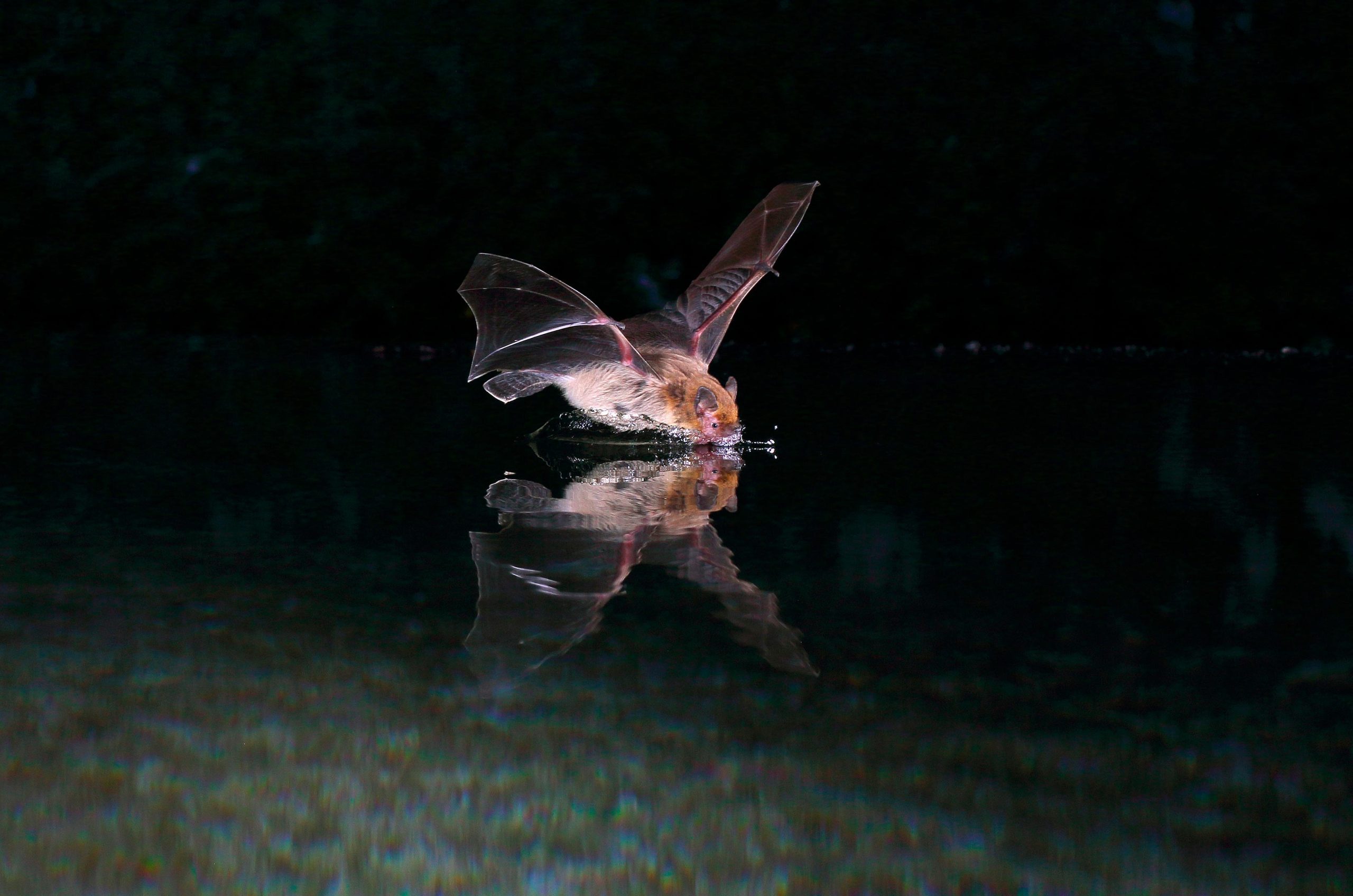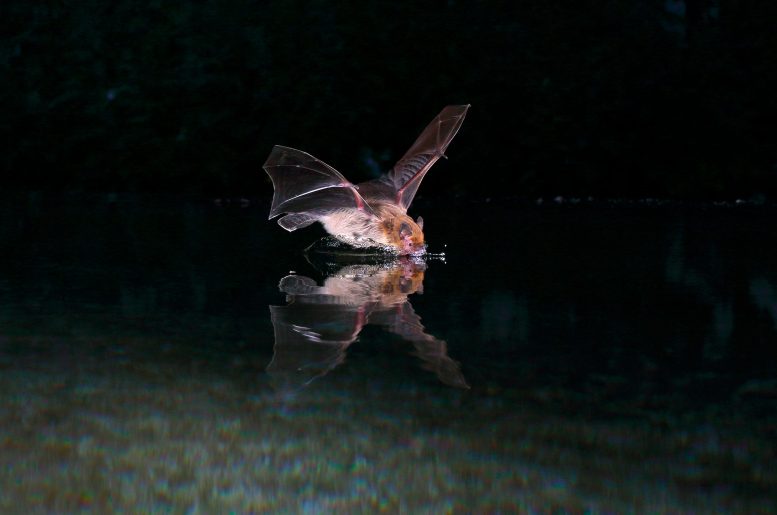

Researchers have discovered that Kuhl’s pipistrelle bats can navigate several kilometers using just echolocation.
By blindfolding the bats and employing a novel GPS system, the study conducted in Northern Israel revealed that these bats create mental acoustic maps to orient themselves, even without the aid of vision.
Bats’ Incredible Navigation Abilities
Researchers blindfolded Kuhl’s pipistrelle bats and tracked their movements using innovative GPS technology, discovering that these tiny creatures can navigate over several kilometers relying solely on echolocation. The findings reveal bats’ impressive ability to create and use detailed mental acoustic maps of their environment.
Echolocating bats are adept at dodging obstacles and catching small prey with only sound. However, echolocation has a limited range and is highly directional, detecting objects only within a few dozen meters—making it less effective for long-distance navigation compared to senses like vision. Additionally, it remains unclear how well bats can perceive their surroundings in three dimensions or use environmental echoes as stable landmarks.
These questions are challenging to explore due to the difficulties of tracking such small, nocturnal, and agile animals, leaving the extent to which bats can depend entirely on echolocation for long-distance navigation an open question.
Video from the paper showing a reconstructed map of the valley. Credit: Xing Chen
Experimental Approach and Methodology
Aya Goldshtein and colleagues explored the sensory modalities and navigation strategies of Kuhl’s pipistrelle (Pipistrellus kuhlii), a tiny echolocating bat weighing just 6 grams.
In a field experiment in Northern Israel, the researchers captured and relocated wild bats roughly 3 kilometers from their roosts to 1 of 2 unfamiliar locations within their home range. By depriving the bats’ sensory inputs, including vision via blindfolding, while keeping echolocation intact, and tracking the animals using a novel, miniature reverse GPS tracking system in near real-time, the team examined how the bats navigated back to their roost.
Findings on Bats’ Navigation Techniques
The findings show that bats can navigate over several kilometers using only echolocation and that, when available, also use vision to improve navigation performance. Notably, both sighted and blindfolded bats could not sense their roost directly.
Initially, bats flew in a meandering pattern, likely to gather acoustic information from their surroundings, before transitioning to a direct flight toward their destination. The observation that distinct and detailed acoustic landmarks guided navigation suggests they use a mental acoustic map of their home range to orient themselves. Moreover, the authors found no evidence that bats use magnetic sensing or olfaction to aid navigation.
Reference: “Acoustic cognitive map-based navigation in echolocating bats” 31 October 2024, Science.
DOI: 10.1126/science.adn6269